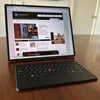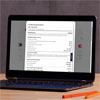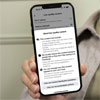
Fitbit Charge HR ($137.67 on Amazon)
Steps taken, hours slept and calories burned — smartwatches and fitness trackers generate beguiling charts of our daily activity. And now, a growing range of gadgets is measuring an even more useful fitness metric: your heart rate.
Wrist-worn fitness trackers such as the Microsoft Band, Fitbit Charge HR and Basis Peak can monitor your heart rate continuously to provide 24/7 data on how fast your ticker ticks. This data can be used provide insights into changes in your health and help you learn how to hack your fitness regime. “How your heart rate changes over time is a good indicator of your overall fitness,” says Dr. Catherine Stoney, a scientist at the National Heart Blood and Lung Institute.
At rest, heart rates in the rather wide zone of 60-100 beats per minute (bpm) are deemed within the average range, says Stoney. (Hence, one-off readings are not much use, unless you've already determined your normal resting heart rate through previous monitoring.)
Fitter people and athletes may experience lower heart rates because their hearts are more efficient at pumping blood around their bodies. Higher heart rates are often associated with conditions such as artherosclerosis that make it harder for your heart to pump blood around the body.
Heart rate data from fitness trackers or smartwatches is not as accurate as medical-grade equipment and should always be used with input from your physician. Stoney cautions that while consumer devices can paint a picture of overall fitness, they are not optimal for diagnosing medical conditions.
Here’s what a your heart rate monitor can and can't tell you.
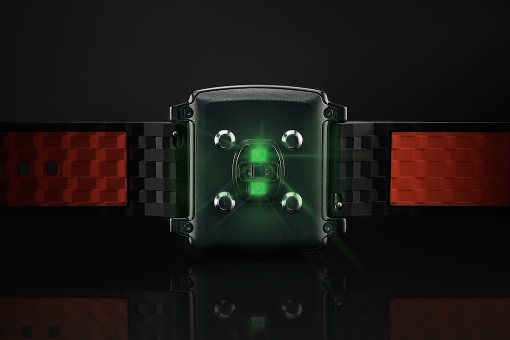
The Basis Peak's heart rate sensor ($179.42 on Amazon)
1. How fit you're getting
The stat: Resting heart rate
Measuring changes in your resting heart rate over time can show you if your fitness program is working. You have to know what your heart rate was before you started your fitness program, Stoney said.
The insight: If you've started a fitness program, a decrease in your resting heart rate over time can mean your fitness level is improving.
Use it: Track your heart rate as measured by your fitness band as soon as you wake up, before you get out of bed. If you can't remember what time you woke up, you should be able to tell by checking when you left sleep mode, which is automatically activated by some fitness trackers like the Fitbit Charge HR, or take an on-the-spot reading after you've been sitting calmly for five minutes.
Ask your physician whether your resting heart rate is in the healthy range for someone of your age, gender and weight.
The stat: Recovery rate
Exercise causes your heart rate to increase because your heart has to work harder to get more oxygen to your muscles. How quickly your heart rate returns to its normal pace is a good measure of cardiac fitness, Stoney said.
One 1999 New England Journal of Medicine study even noted that the time it takes your heart rate to begin dropping after a workout is a powerful predictor of mortality. “A low recovery time indicates that your heart is operating efficiently and able to return to normal state more rapidly,” Stoney said. Exactly what constitutes a speedy recovery depends on how high your heart rate gets.
The insight: If your recovery rate falls over time, it's a good indicator that your cardiac fitness is improving.
Use it: Open the app or software paired with your heart rate monitor, activity tracker or smartwatch to check how long it takes your heart rate to return to its pre-workout rate, and see how this number changes weekly and monthly.
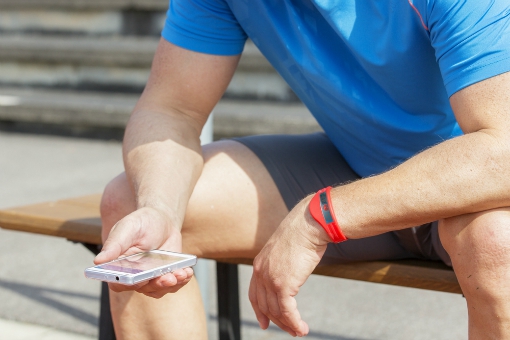 2. How hard you should exercise
2. How hard you should exercise
The stat: Maximum heart rate
If your heart rate isn't high enough during your workout, you may not be getting much benefit out of the exercise. On the flip side, if your heart rate is too high, you could be putting yourself at risk for injury. Knowing your maximum heart rate lets you calculate your target heart rate for the moderate and vigorous exercise levels recommended by the American Heart Association, so you know when you're working at the right intensity.
“The old wives' tale for finding your maximum heart rate is to subtract your age from 220 — because your maximum heart rate does decline with age — but it's not a terribly accurate metric,” Stoney said. “The most accurate way is to get tested at an exercise lab, where they'll exercise you and look at your age, heart rate and oxygen consumption. That said, heart rate ranges [for exercising effectively] are quite wide, so you can afford to be inaccurate.”
The insight: Your maximum heart rate can be used to help you exercise more efficiently.
Use it: Either go with the 220 minus age or try the hands-on approach. “Exercise fairly rigorously and take the maximum heart rate you reach during this workout,” Stoney said. She cautions that this is inadvisable if you aren't healthy and don't have a physician's clearance. Examples of rigorous exercise vary from person to person, but a good way to self-monitor is to track your rate of perceived exertion (RPE), or how you hard you feel like your body is working.
The stat: Target heart rates
Your body and heart will get better at doing the same exercises at the same intensity, so once you know your maximum heart rate, monitoring your heart rate during your workouts is a good way to ensure that you're continuing to challenge yourself.
“Fat burning occurs at 50 to 70 percent of maximum heart rate, while aerobic training [to improve cardiovascular fitness] is around 75 to 85 percent of maximum heart rate,” Stoney said. “Endurance training is a littler lower at 50 to 65 percent.”
The insight: Exercising within target heart rate zones for fat burning, cardio training and endurance training ensures you're working at the right intensity.
Use it: “Check your heart rate monitor to keep in target range for each workout,” Stoney said. Many people alternate aerobic training, fat-burning and endurance training days to optimize performance. If you want a fat-burning session on the treadmill, check in with your fitness band every so often to ensure you're in that 50 to 70 percent zone. Another good litmus test for the fat-burning zone is whether you can hold a short conversation, Stoney said.
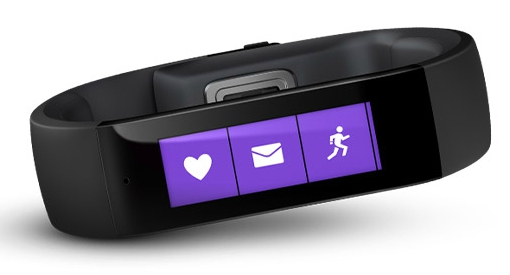
Microsoft Band ($149.99 on Amazon)
3. How stressed you are
The stat: Current heart rate
Caffeine, smoking and stress can all lead to higher heart rates. “One interesting use for heart rate monitoring devices is to gauge the effectiveness of stress management exercises,” Stoney said.
The insight: If you are using stress reduction techniques such as meditation or breathing exercises, changes in your heart rate can be used as an index of relaxation, Stoney said.
Use it: Check your heart rate before and after a relaxation exercise, and track how these figures change over time.
What your heart rate monitor can't tell you
Calories burned is a popular measurement in any fitness app — it's just not calculated very accurately. Most calorie trackers use an average person's weight and a single formula to cover the huge variety of weight and metabolism types across a given population.
In theory, the calorie expenditure figures in apps such as MyFitnessPal (free for iOS, Android and Windows Phone) or MapMyRun (free for iOS and Android) which sync with most activity bands) could be more accurate if they took into account heart rate data from your fitness tracker. According to Stoney, factors like gender, weight and your maximum oxygen consumption (a metric that needs to be measured in an exercise lab to be accurate) have a lot to say about it too. For a fitness app or heart rate monitoring gadget to relay calorie expenditures accurately enough to use in a serious diet plan, it would need to take into account these details about you — and most apps don't have a field for oxygen consumption.
[Images via Fitbit, Basis, Shutterstock and Microsoft]







